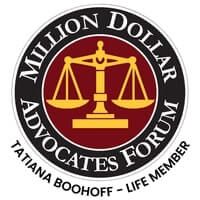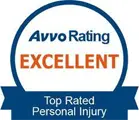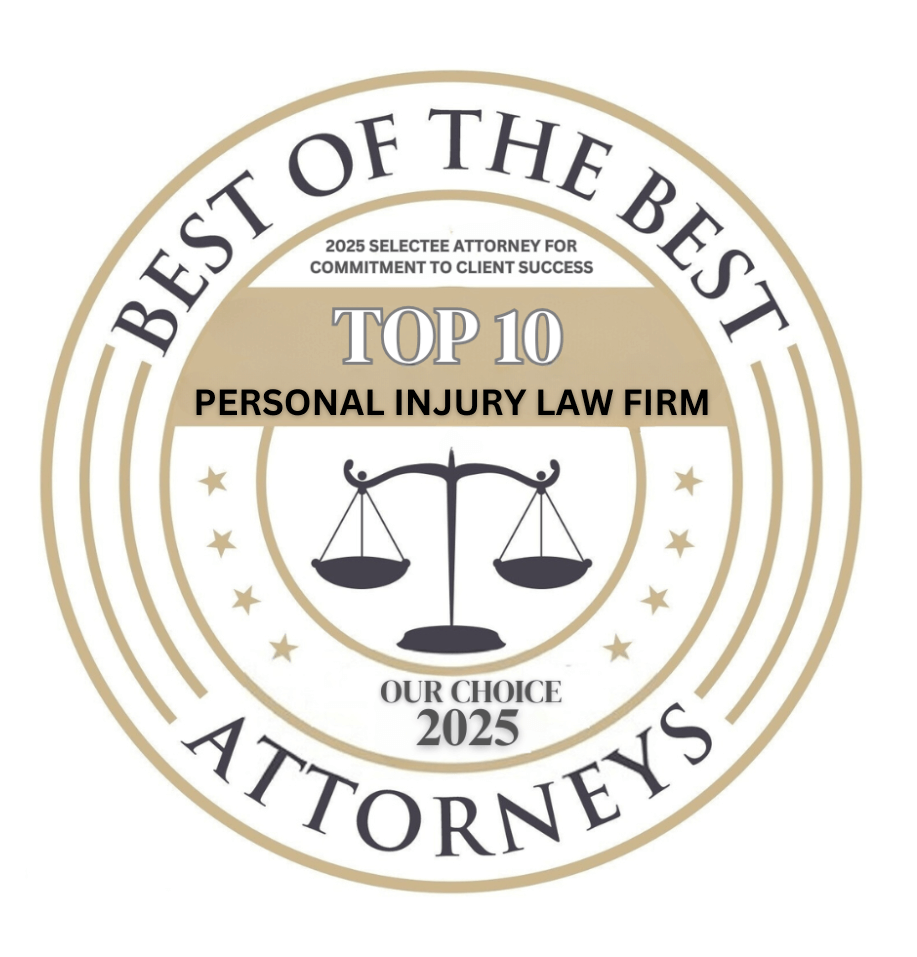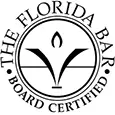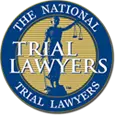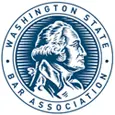Can Both Drivers Share Fault in a T-Bone Collision?
T-bone collisions—also known as side-impact or broadside crashes—are some of the most dangerous types of motor vehicle accidents. They often occur at intersections when one driver fails to yield, runs a red light, or misjudges the flow of traffic.
However, both drivers may share fault, especially in states like Florida and Washington, where comparative negligence laws apply. Whether you’re dealing with the aftermath of a crash in Seattle or Tampa, understanding how fault is determined and how it may affect your claim is crucial.
This blog explores the legal standards around shared liability in T-bone crashes, how comparative fault works, and what injured drivers should know before taking legal action.
Key Takeaways About T-Bone Collisions
- In a T-bone collision, both drivers may share legal responsibility for the crash.
- States like Florida and Washington use a “comparative negligence” system to assign a percentage of fault to each driver.
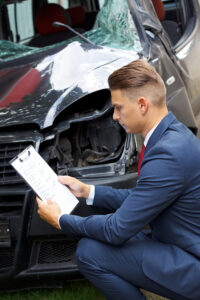
- Your final compensation amount decreases by your percentage of fault. In Florida, you cannot recover damages if a court finds you more than 50% at fault.
- Insurance companies investigate accidents to assign fault, but their conclusions often serve their own financial interests.
- An attorney helps gather crucial evidence, challenges unfair blame assigned by insurers, and protects your right to fair compensation.
How Fault Is Determined in a T-Bone Accident
Determining fault in a T-bone collision often requires a detailed look at traffic signals, right-of-way rules, and eyewitness accounts. In cities like Tampa or Seattle, these accidents frequently happen at intersections where one driver may run a red light or fail to yield during a left-hand turn.
Police reports, dashcam footage, and even surveillance video from nearby businesses can all play a role in establishing what happened.
Fault isn’t always cut and dry. For example, if one driver broke the speed limit but the other made an illegal turn, both could share blame. Insurance companies and legal teams will evaluate this evidence to assess liability. In some cases, accident reconstruction experts may be brought in to provide a clearer picture.
Florida and Washington both operate under comparative fault systems, which means even if you were partially responsible, you may still recover compensation. However, your percentage of fault will reduce your total damages.
That’s why working with an experienced attorney matters—they can help gather the right evidence, advocate for your side of the story, and minimize the percentage of fault assigned to you.
Florida and Washington’s Comparative Negligence Laws
Both Florida and Washington use versions of comparative negligence to resolve personal injury claims. In Florida, the system is known as modified comparative negligence, which allows a party to recover damages as long as they are not more than 50% at fault.
In Washington, a pure comparative negligence rule applies, which gives you more latitude than Florida does to seek compensation, at least in theory.
This becomes important in T-bone crashes because multiple variables can influence how fault is distributed: traffic light status, visibility, distractions, and more. Both states allow juries and insurers to assign a percentage of fault to each party based on available evidence.
Because of this, even if you think you’re partially to blame, call a lawyer. These laws require a solid legal argument backed by evidence.
Examples of Shared Fault in T-Bone Accidents
T-bone collisions aren’t always caused by just one bad decision. There are many scenarios where both drivers made errors that contributed to the crash. Understanding these examples can clarify how shared fault may apply to your situation.
Here are a few common situations:
- Driver A runs a red light, while Driver B is speeding through an intersection. Even though Driver A technically violated the traffic signal, Driver B’s speed may have made the crash more severe.
- Driver A turns left at a flashing yellow, thinking they have enough time, while Driver B is texting and doesn’t see the car turning.
- Both drivers are trying to beat a yellow light, resulting in neither having the legal right-of-way when they collide.
In these cases, fault may be split 50/50 or distributed in another ratio depending on the circumstances and evidence.
In both Florida and Washington, this shared liability affects how much compensation each party can recover. That’s why legal support is critical—to help build the strongest possible case even when fault is murky.
How Insurance Companies Assign Fault in T-Bone Crashes
After a T-bone accident, insurance companies begin their own investigation to determine who was at fault and to what degree. In both Florida and Washington, insurance adjusters look at police reports, photos, medical records, and witness statements. If either driver admitted fault at the scene—or if there’s video evidence—those details can weigh heavily.
However, it’s not uncommon for both drivers to blame the other. In these cases, insurers use whatever evidence they can find to assign a percentage of fault to each party. This is especially important in states like Florida, where being more than 50% at fault could bar you from recovering compensation under modified comparative negligence laws.
Insurance companies aren’t neutral—they’re financially motivated to pay as little as possible. If they believe you were partially responsible, they may reduce or deny your claim.
That’s why it’s risky to handle these cases alone. A lawyer can step in to ensure the insurer doesn’t assign you an unfair portion of blame. They’ll work to gather evidence and negotiate a settlement that accurately reflects what really happened.
What to Do If You’re Partially at Fault
Being partially at fault for a T-bone accident doesn’t mean you’re out of options. In fact, both Florida and Washington allow partially responsible drivers to still recover damages. The key is to take the right steps early to protect your case.
Here’s what you should do:
- Don’t admit fault at the scene, even casually.
- Call the police so there’s an official report.
- Take photos of the accident scene, including all vehicles, traffic lights, and signs.
- Get medical attention, even if injuries seem minor.
- Avoid giving detailed statements to insurance adjusters without legal advice.
If you’re found 20% at fault, for example, and your total damages are $100,000, you may still recover $80,000. But insurance companies will often try to increase your share of the blame. An attorney can help keep things fair and fight for your best possible outcome.
Don’t assume partial fault means no case—it’s often still worth pursuing a claim, especially if your injuries are significant.
Why Legal Representation Is Crucial in Shared Fault Cases
When both drivers may share fault, legal representation becomes more than just helpful—it’s essential. These cases are often more complicated, involving conflicting statements, interpretation of traffic laws, and technical accident reconstruction. A qualified attorney can dig into the details and ensure that your side of the story is heard.
heard.
In shared fault situations, insurers are more aggressive in shifting blame to reduce their payout. Without a legal advocate, you might find yourself assigned more fault than you deserve. That could reduce or eliminate your ability to recover compensation, especially in Florida.
A lawyer brings valuable tools to the table:
- Access to accident reconstruction specialists
- Knowledge of local traffic statutes
- Experience negotiating with insurance adjusters
- The ability to file a lawsuit if necessary
Additionally, attorneys familiar with Florida and Washington’s comparative negligence laws know how to build a strategy around your specific level of fault. Whether it’s 10% or 40%, they’ll work to limit your liability and maximize your recovery. This kind of guidance can make a meaningful difference in the outcome of your case.
Evidence That Can Help Prove Partial Fault or Reduce It
If you’re involved in a T-bone accident and worried about being partially blamed, gathering the right evidence is essential. Even a small shift in fault percentage can impact your compensation under comparative negligence laws.
Useful forms of evidence include:
- Traffic camera footage to verify light changes and driver speed
- Dashcam recordings from your car or witnesses
- Eyewitness statements supporting your version of events
- Expert accident reconstruction to determine angles and speeds
- Photos of vehicle damage and road conditions
- Phone records to show if distracted driving played a role
Police reports also carry weight, but they’re not the final say. Officers might make assumptions at the scene, especially if there are no witnesses. That’s why it’s crucial to collect independent evidence quickly—before the scene changes or memories fade.
An attorney can help secure this evidence and may work with professionals like accident reconstructionists or traffic engineers to build a clearer picture of what really happened.
What Happens If Both Parties File Claims?
It’s not uncommon for both drivers in a T-bone collision to file claims against each other, especially if they both believe the other was more at fault. This can lead to a back-and-forth process where insurance companies battle over liability percentages.
When both parties file, each insurer investigates and may reach different conclusions. If Driver A’s insurer finds Driver B 60% at fault, and Driver B’s insurer finds Driver A 70% at fault, a stalemate may occur. At this point, legal action becomes more likely.
This scenario underscores the importance of legal representation. Your attorney will work to present strong evidence, challenge opposing claims, and protect your interests throughout negotiations or litigation. Without representation, you risk having your claim denied entirely—or being held more at fault than is fair.
Additionally, filing your own claim doesn’t prevent the other driver from filing theirs. You need to be prepared not only to pursue compensation but to defend yourself from an incoming counterclaim. A lawyer will handle both angles and aim for the best possible resolution in a shared fault scenario.
Common Injuries From T-Bone Collisions and Why Legal Help Matters
T-bone collisions are among the most dangerous types of crashes because the sides of vehicles offer far less protection than the front or rear. In these accidents, injuries are often severe—even when vehicles aren’t moving at high speeds. Victims may suffer:
- Broken bones, particularly in the ribs, pelvis, arms, or legs
- Whiplash and other neck injuries from the forceful jolt
- Spinal cord injuries that can lead to long-term disability
- Traumatic brain injuries (TBI) from side head impacts
- Internal bleeding or organ damage, especially when struck near the torso
Even if you feel fine at the scene, some injuries—like concussions or internal trauma—don’t show symptoms right away. You should always seek immediate medical care, and then contact a personal injury lawyer.
When fault is disputed, the insurance company may use any gap in treatment or unclear medical records to argue against your claim. An experienced attorney can coordinate with medical professionals, preserve your records, and fight to make sure your injuries are taken seriously when pursuing compensation.
Call Boohoff Law for Your Free Consultation
If you were injured in a T-bone collision and think both drivers may share fault, don’t wait to get help. These cases are complicated, and how liability is divided can drastically affect your compensation. Even if you’re partially to blame, you may still be entitled to financial recovery.
At Boohoff Law, P.A., our team has experience helping injured drivers and passengers navigate the complex legal and insurance systems in Florida and Washington. We’ll evaluate your case, explain your options, and guide you through every step—without charging anything upfront.
We offer free consultations and are available by phone, video, or in-person appointments depending on your location and preference. Our offices serve Tampa, Brandon, North Port, and Seattle, and we’re committed to helping real people get the support they need.
Call (813) 445-8161 in Tampa, (813) 321-7878 in Brandon, (941) 888-0848 in North Port, or (877) 999-9999 in Seattle.
Let’s talk about what happened, and see how we can help you move forward.
Frequently Asked Questions (FAQs)
What if there were no witnesses to the crash?
Your case can still succeed. Dashcam footage, vehicle damage analysis, traffic light data, and accident reconstruction experts can all help prove what happened.
Should I talk to the other driver’s insurance company?
Not without legal advice. Insurance companies may try to get you to admit partial fault or downplay your injuries. Speak with an attorney before providing statements.
How long do I have to file a claim?
In Florida, the statute of limitations for personal injury is generally two years. In Washington, it’s three years. However, early investigation is key, so don’t delay.
What if the police report says I was at fault for the T-bone accident?
A police report documents important evidence, but it is not the final word on liability. The officer’s conclusion is often based on incomplete evidence available at the scene.
An attorney can investigate further, uncover new evidence like surveillance video or witness testimony, and challenge the report’s findings.
A court or jury makes the final legal determination of fault.
How does my own car insurance coverage work if I share fault?
Your own insurance policies may provide benefits regardless of fault. For example, Personal Injury Protection (PIP) or Medical Payments (MedPay) coverage helps pay for your initial medical bills no matter who caused the crash. So does uninsured/underinsured motorist insurance (UM/UIM) insurance.
Using these benefits does not prevent you from filing a liability claim against the other driver. An attorney can help you coordinate all available insurance benefits to your advantage.
Does it matter where the other car hit my vehicle in a T-bone crash?
Yes, the point of impact provides crucial information for accident reconstruction experts. For example, an impact on a rear passenger door versus the driver’s door can help determine vehicle speeds, angles of approach, and which driver likely had the right-of-way.
This physical evidence often helps prove that one driver entered the intersection earlier or later than the other, which is a key factor in assigning fault.
